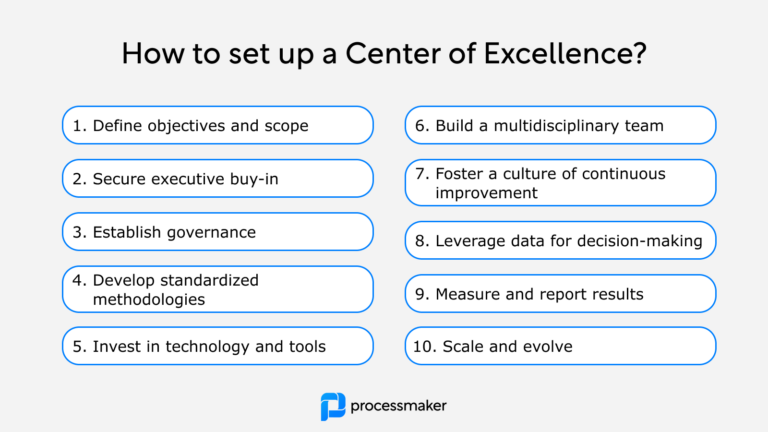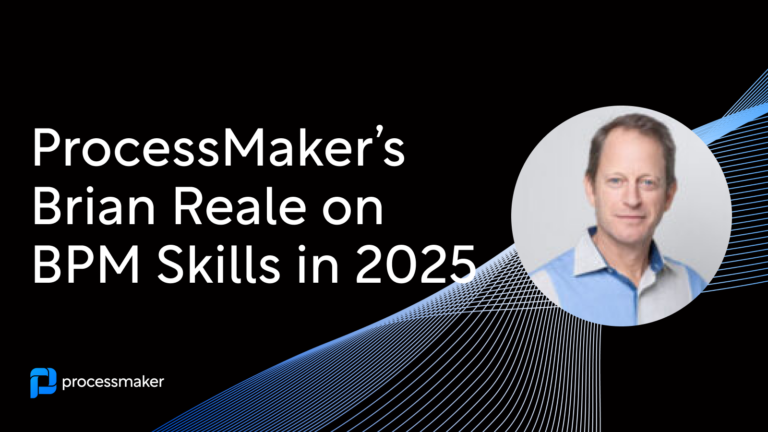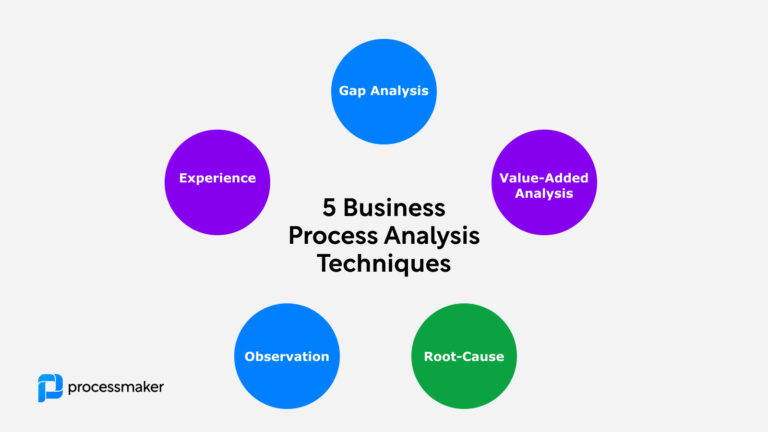Business process management (BPM) is a leading concept in the field of work organization and process technologies – a field strewn with three-letter acronyms like TQM, TPS, and BPA. While all these other concepts definitely have their applications, BPM is generally a broader concept, and can actually be used as an underlying foundation to these other processes.

BPM brings together a number of work process technologies.
The main advantage of BPM as a management tool is that it includes not only process improvements, but also process automation. It can be scaled to fit the need, whether that’s within a single department, throughout a business unit, within a supply chain, or throughout an entire organization.
The Main Functions of BPM
What do you “get” when you implement BPM? That depends heavily on what you want it to do, but in general, there are several types of BPM functions:
• Planning and modeling
• Automation
• Execution
• Control
• Measurement and monitoring
• Optimization
These functions may be combined in any number of ways, though there are some common sense orders to the combinations. For example, measurement should precede optimization, because you need metrics to know what and how to improve. Modeling comes before automation and/or execution, just as you wouldn’t start building a house without blueprints.
BPM Can Work With Processes of Any Type
Some work processes take place mostly within someone’s head. For example, coming up with tagline ideas or outlining a report is a process, most of which happens inside someone’s mind before they record the results in a document of some kind. Other processes are discrete steps performed by designated people: one person machines the part, another inspects it, and a third packs it for shipment.
Still, other processes are accomplished by computers. Batch data analysis may be an important part of a particular workflow, and BPM could, for example, automate the initiation of the analysis and automatically notify relevant personnel when it’s done. BPM can be applied to any of these processes because it’s about identifying the steps in a process and optimizing them, which can be done for any process from writing an annual report to assigning tools to work crews.
Limitations of Other Process-Based Disciplines
You may be familiar with process-based disciplines, like 6Sigma and Total Quality Management (TQM). These are process-based management disciplines, and they may or may not incorporate tasks like automation, and they may not be appropriate for different scopes. For example, 6Sigma has more of a departmental scope, while TQM has an enterprise-wide scope.
 By contrast, BPM incorporates all the tasks other process-based disciplines use, and its scope can range from a single process within a department, to multiple processes throughout an organization. Specifically, BPM encompasses modeling, automation, execution, control, measurement, and optimization, while other process-based disciplines pick and choose from among these.
By contrast, BPM incorporates all the tasks other process-based disciplines use, and its scope can range from a single process within a department, to multiple processes throughout an organization. Specifically, BPM encompasses modeling, automation, execution, control, measurement, and optimization, while other process-based disciplines pick and choose from among these.
BPM in Your Organization Will Look Unique
What will BPM “look like” in your organization? It will look utterly unique because your organization is unique. Organizations that are new to BPM tend to start with a limited pilot project that they can get their arms around easily. For example, they may choose a single paper-based process and turn it into an electronic process.
First, they record current outcomes: how long a process takes, where problems tend to occur, etc. They design how the workflow will proceed, which notifications will be issued when, and how outcomes will be measured. Once BPM has been applied, they monitor and measure outcomes and compare them to pre-BPM outcomes. What are the successes? Where is there an opportunity for further improvement? From an initial pilot project, an organization may elect to apply BPM in other departments and in other ways.
Can BPM Improve Your Organization’s Efficiency and Profitability?
Absolutely. BPM is flexible enough to work in any industry, with any type of process, whether manual, automated or a combination of the two. BPM forces organizations to take a hard look at processes and shine a light on extraneous steps and inefficiencies so they can be designed out of the process. Results include cost savings, resource savings, accelerated processes, and fewer errors, all of which are good for your organization’s bottom line.
ProcessMaker is an open-source BPM software that’s flexible enough to work with an organization of any size, on any number of processes. It comes with an impressive array of built-in tools and is also open-source, so it can be customized extensively to fit your business needs perfectly. We encourage you to test drive the ProcessMaker Enterprise Edition for free or download the Community Edition of ProcessMaker. Learn for yourself why BPM represents the pinnacle of management tools.





